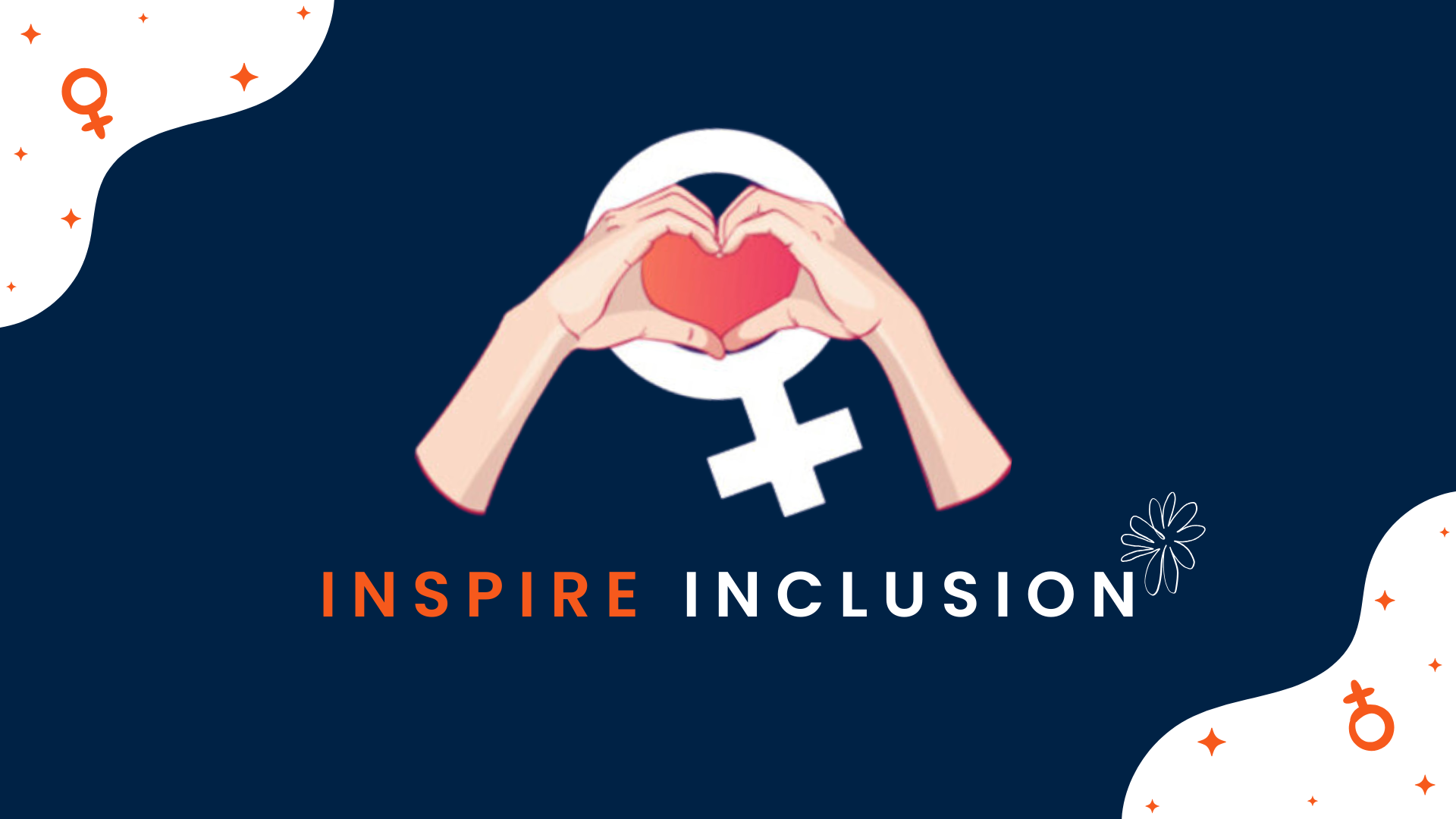India is home to approximately 663 million women, of which 450 million are within the working age range of 15 to 64 years. The landscape of women taking up board positions has been ever-evolving. According to a survey by the Confederation of Indian Industry, with 700 women professionals, over 40% of respondents expressed an aspiration for leadership roles within their organizations. Despite advancements in education and increasing professional ambitions among Indian women, a notable disparity persists, impeding the attainment of absolute gender parity. This article will delve into the challenges that hinder women from ascending the corporate ladder in India, and further explore actionable strategies to create inclusive workplaces that empower women towards leadership positions and pave the way for a more equitable future.
As per the Global Gender Gap Report (2023) by the World Economic Forum (WEF), South Asian nations (including India, Pakistan, Bangladesh, Bhutan, Sri Lanka, Iran, and Afghanistan) have attained approximately 63.4% gender parity, marking the second lowest score among eight regions. At the current pace, it is estimated to take another 149 years to achieve complete gender parity in this region. But why is this the case? Let's delve into the challenges women encounter in climbing the corporate ladder.
Climbing the Corporate Ladder: Challenges Faced by Women in Achieving Leadership Positions
The issue of women in leadership positions in India has been a longstanding topic of discussion. Despite a notable proportion of female employees advancing to senior roles, their numbers still fall short compared to men in equivalent positions.
Employment serves as a gateway to economic independence and autonomy. Women often encounter interpersonal discrimination and stereotypes, which act as barriers to their progression into higher levels of management, thereby establishing a "glass ceiling" that separates them from senior positions.
Let’s examine the challenges faced by women in leadership roles:
- Gender Bias: This remains a persistent issue for women in the workplace, encompassing challenges such as unequal pay, underrepresentation in leadership roles, and biased perceptions. A particularly daunting aspect is the "double-bind" phenomenon, predominantly affecting women in leadership roles. It imposes unfair expectations, demanding a delicate balance between assertiveness and compassion. For instance, a woman may be unfairly labeled as "aggressive" or "assertive" when displaying leadership qualities, whereas their male counterparts receive praise for identical traits.
- Family Responsibilities: Women are often perceived as primary caregivers and are expected to juggle family duties alongside a full-time career. This presents a significant challenge for women, especially in leadership roles, as they must navigate workplace demands while fulfilling their family responsibilities.
- Insufficient Resources and Mentorship: This poses yet another obstacle for women aspiring towards leadership roles. According to the Pew Research Center, 63% of women have never had a mentor during their professional journey. The absence of mentorship and limited access to resources and opportunities constrain women's capacity to cultivate the skills needed for career progression.
According to the Great Place to Work Report of 2023, there has been a notable increase in the proportion of women in corporate settings, rising from 21% in 2021 to 26% in 2023. However, the percentage of women in leadership positions has remained stagnant at 16% over the past two years, underscoring the imperative to strengthen diversity and inclusion efforts in C-level management.
Here are a few actionable strategies to foster inclusivity and encourage more women to pursue leadership roles:
- Training on Diversity and Inclusion: This serves as an initial step toward creating an inclusive workplace culture. It's essential to emphasize the importance of diversity in leadership and provide actionable steps to foster inclusivity within the workforce. Such training can motivate and inspire women toward leadership roles by highlighting their value and offering guidance on creating a supportive environment.
- Inclusive Hiring Practices: Implementing hiring practices that promote and support a diverse workforce is crucial. This involves minimizing gender biases in the recruitment process, establishing equitable hiring standards, and basing hiring decisions on candidates' qualifications and skills rather than external attributes such as gender, race, or ethnicity.
- Resources and Mentorship: Investing in leadership development programs and mentorship initiatives can equip women with the necessary skills and confidence to excel in their careers. This may include tailored training modules, coaching, and mentorship programs designed to support women's progression and growth.
- Inclusive Policies and Benefits: Implementing policies and benefits that cater to the diverse needs of employees can effectively support women in leadership roles. Offering flexible working hours, remote work options, and other benefits that promote work-life balance can help women manage their personal and professional responsibilities more effectively.
- Standardizing Evaluation Criteria: Ensuring gender-inclusive assessments of leadership styles and performance is essential for creating an environment of equal opportunity and fairness. Standardizing evaluation criteria can help mitigate biases and ensure that both men and women are evaluated fairly based on their contributions and achievements.
In conclusion, achieving gender parity in leadership roles requires concerted efforts to address existing challenges. Despite progress, persistent barriers such as gender bias, family responsibilities, and limited resources hinder women's advancement. By embracing inclusive practices, providing mentorship, and standardizing evaluations, workplaces can empower women to thrive in leadership roles, thereby fostering a more diverse and equitable future.











